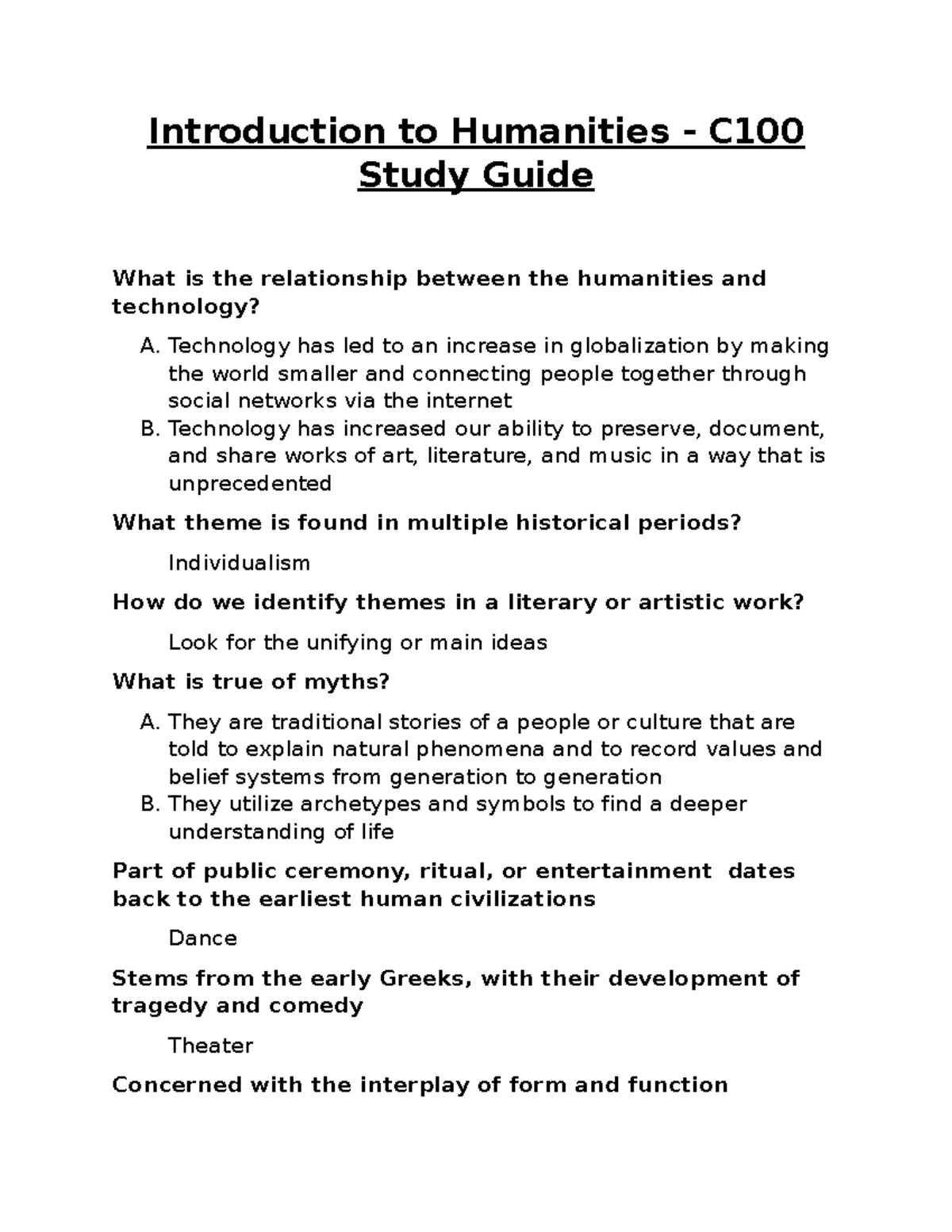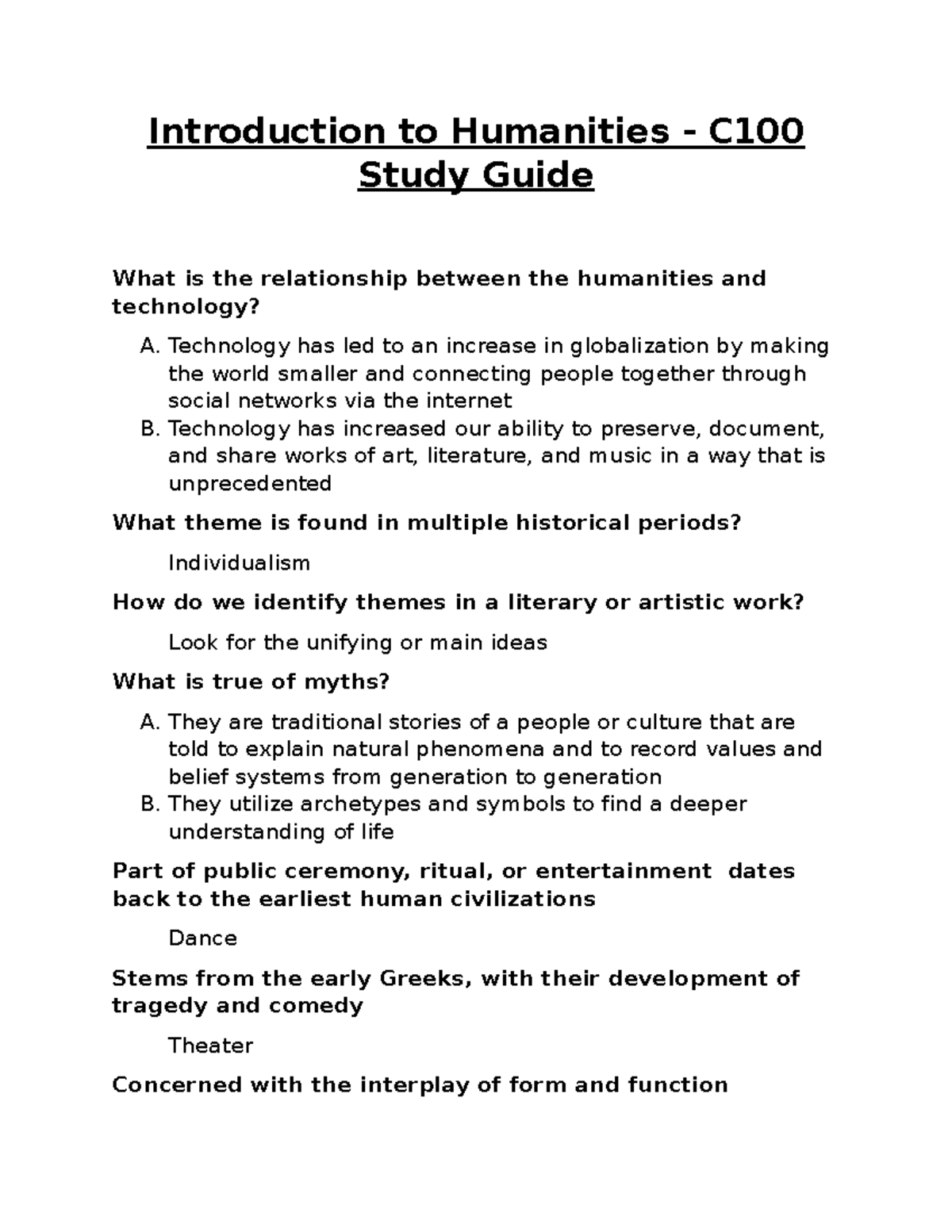The dog-human bond is one of the most remarkable relationships in the animal kingdom, characterized by a profound emotional connection that transcends simple companionship. Dogs have evolved alongside humans for thousands of years, developing unique capabilities, including canine empathy, that enable them to understand and respond to our feelings. Research conducted by esteemed scientists, like Erin Hecht at Harvard, delves deep into canine behavior and the intricate dynamics of this relationship, revealing the complexity of dogs’ emotional lives. Platforms like “The Dogist” showcase how our furry companions enrich our lives, highlighting the nuances of their expressions and interactions that resonate so deeply with us. As this bond continues to be explored through innovative studies and photography, it becomes increasingly clear that the ties between dogs and humans shape not only our lives but also the very nature of our social fabric.
The connection between dogs and their human counterparts forms a unique alliance, likened often to a partnership built on trust and mutual understanding. This relationship is not merely about companionship; it encompasses a deep-seated interaction marked by emotional exchanges and shared experiences. Experts in the field of canine studies, such as those examining dogs in research, reveal insights about how these animals reflect our emotions and social cues. The interplay of canine behavior has been rigorously studied, offering a glimpse into the intelligence and empathy that dogs possess, which often enriches our lives. Altogether, this enduring partnership inspires a deeper appreciation of the roles dogs play in our communities and the emotional landscapes we navigate together.
Exploring the Depths of the Dog-Human Bond
The bond between dogs and humans is an extraordinary phenomenon that has evolved over thousands of years. This connection is not just about companionship; it encompasses a deep understanding and mutual empathy that transcends species. As researchers like Erin Hecht explore the cognitive abilities of dogs through advanced imaging techniques, they uncover the layers of emotions that dogs experience, resembling those seen in humans. The intricate dynamics of this relationship affirm the crucial role dogs play in our lives, serving not only as pets but as genuine partners in our emotional landscape.
Moreover, studies have shown that dogs possess an innate ability to read human emotions, a trait that has solidified their place in our communities. This canine empathy is a vital element of what ties us together, as it fosters trust and understanding between species. From therapy dogs providing comfort to individuals suffering from trauma, to service dogs assisting those with disabilities, the profound effects of this bond highlight the importance of dogs in enhancing our mental and emotional well-being.
The Science Behind Canine Empathy
Canine empathy is a remarkable area of study that has garnered significant attention within the field of animal behavior and cognition. Researchers, including those at Harvard, are utilizing innovative methods, such as functional MRIs, to delve into the complexities of how dogs perceive and react to human emotions. For instance, experiments conducted by Erin Hecht’s team reveal that dogs have the capacity to distinguish between human emotional expressions, suggesting a cognitive sophistication that aligns with empathetic behavior. This ability not only enriches our understanding of canine intelligence but also reinforces the special connection shared between dogs and their human companions.
The implications of such research extend beyond mere curiosity; they offer insights into how dogs can be instrumental in various therapeutic settings. By understanding how dogs interpret our feelings, we can harness their empathetic nature in contexts such as therapy sessions for children and adults alike. The ability to connect with dogs on an emotional level creates a beneficial environment where individuals can heal and grow, showcasing the incredible potential of the human-canine bond.
Photography and the Canine Story
Photographer Elias Weiss Friedman, known for his Instagram account “The Dogist,” has not only captured the beauty of dogs but also their stories through compelling imagery. His work highlights the candid expressions of dogs, which serve as windows into their emotional worlds. Friedman emphasizes that each photograph encapsulates the honesty and authenticity that dogs exude, which resonates deeply with people. This visual storytelling captures the essence of the dog-human bond, revealing not just the playful antics of dogs but also the profound affection and loyalty they exhibit.
Friedman’s approach to photography also contributes significantly to the discourse surrounding canine empathy and behavior. By documenting the rich emotional landscapes of dogs, he fosters a greater appreciation for their experiences and showcases the depth of their personalities. Each image tells a unique story that reinforces our understanding of the evolutionary bond we share, reminding us that dogs are not only our pets but also our profound companions in the journey of life.
Dogs in Research: Unveiling Canine Cognition
Research involving dogs has opened up new frontiers in understanding not just canine behavior but also insights into human psychology. Studies analyzing how dogs react to human cues and emotions provide a fascinating glimpse into their cognitive processes. Erin Hecht’s work at Harvard is at the forefront of this research, where she investigates how different breeds display varying types of intelligence and emotional responses. By examining dogs’ brain activity in response to human stimuli, researchers are beginning to unravel the complexities of canine cognition and the evolutionary adaptations that have shaped their behavior.
Additionally, dogs’ involvement in research has proven beneficial in practical applications, such as identifying traits related to trainability and temperament. The findings from these studies hold implications for selecting dogs for specific roles, such as therapy or service animals. Overall, the ongoing research surrounding dogs not only enhances our comprehension of these incredible animals but also underscores the need for responsible pet ownership and the ethical treatment of dogs within human settings.
The Role of Canine Behavior in Society
The behavioral patterns of dogs have been intricately woven into the fabric of human society, influencing our interactions and cultural practices. Understanding canine behavior not only informs how we train and care for dogs but also enhances our appreciation for their capabilities within our communities. Dogs have been bred for various functions, from herding sheep to providing companionship, each requiring specific behavioral traits that align closely with human needs. By recognizing and respecting these innate behaviors, we can foster healthier and more fulfilling relationships with our canine companions.
Moreover, societal perceptions of dogs continue to evolve, particularly as we recognize their roles beyond pets. Programs involving therapy dogs, search and rescue operations, and emotional support animals highlight the diverse applications of canine behavior in enhancing quality of life for many individuals. As we delve deeper into the realm of canine behavior, it becomes evident how crucial these animals are in forging connections not only with humans but also within the broader social framework.
Dogs as Community Connectors
Dogs serve as remarkable social facilitators, bringing people together in ways that are often unexpected yet deeply meaningful. As Elias Weiss Friedman suggests, acquiring a dog can transform a neighborly acquaintance into a thriving community connection. The simple act of walking a dog or participating in dog-related activities creates opportunities for interactions that strengthen communal bonds. Dogs inherently possess a friendly demeanor that encourages openness, which allows individuals to forge relationships across diverse backgrounds and cultures.
The presence of dogs in social settings also contributes to positive emotional experiences. From dog parks to community events, these furry companions play an integral role in alleviating social anxiety, prompting conversations, and fostering a sense of belonging. As we observe the social dynamics at play, it is clear that the impact of dogs extends beyond companionship; they act as bridges between people, cultivating a sense of unity and shared experience.
The Evolution of Canine Companionship
The evolution of the dog-human relationship is a testament to the adaptability of both species. Historical evidence suggests that dogs were one of the first domesticated animals, chosen for their ability to assist in hunting and later as loyal companions. This enduring companionship has evolved into a unique bond marked by mutual reliance and affection. Different breeds have been cultivated to emphasize various traits, ranging from work to play, mirroring the changing needs of human society and highlighting the diverse roles dogs can fulfill.
In modern times, this evolutionary companionship has taken on new meaning, as the focus shifts toward emotional support and mental well-being. The bond that exists between dogs and humans continues to grow stronger as we recognize their profound impact on our lives. Understanding this evolution can deepen our appreciation for dogs and encourage responsible stewardship and care, ensuring that these remarkable animals thrive alongside us in our shared journey.
Understanding Canine Emotions
Understanding canine emotions is critical to strengthening the dog-human bond and ensuring that we meet our pets’ needs effectively. Through ongoing research into canine cognition and behavior, scientists seek to explore the emotional capabilities of dogs, which include fear, joy, and anxiety. Insights from MRI studies and observational research indicate that dogs process emotions similarly to humans, highlighting their capability for both empathy and compassion. This knowledge allows dog owners to respond to their pets’ needs better, fostering happier and healthier relationships.
Emotional understanding also extends to recognizing the subtle cues that dogs exhibit in their body language. A wagging tail, for instance, may signify happiness, but context is essential in interpreting whether a dog feels safe or is simply excited. By placing emphasis on emotional literacy in canine behavior, we can cultivate more empathetic interactions and improve our dogs’ overall well-being, contributing to a more harmonious relationship between dogs and their human counterparts.
Engaging the Community through Canine Initiatives
Community initiatives centered around dogs have the power to bring citizens together while promoting education about canine care and responsible ownership. Various programs like dog training classes, adoption drives, and canine health workshops create opportunities for individuals to engage with each other through a shared interest in dogs. As these initiatives grow, they empower communities by fostering a sense of responsibility and connectedness among dog owners and non-owners alike.
Moreover, these initiatives often highlight the importance of understanding canine behavior and the needs of dogs in different environments. By raising awareness around topics such as dog socialization, training techniques, and health care, communities can build more supportive networks that promote the welfare of dogs and their owners. As a result, these efforts not only enhance the lives of dogs but also nurture stronger, more connected communities.
Frequently Asked Questions
What role does canine empathy play in the dog-human bond?
Canine empathy is pivotal in strengthening the dog-human bond. Dogs have shown the ability to sense human emotions and respond with behaviors that suggest understanding and support, enhancing their connections with humans. Their empathetic responses, such as comforting a distressed owner or reacting to their body language, illustrate the depth of this bond.
How does The Dogist enhance the understanding of the dog-human bond?
The Dogist, created by photographer Elias Weiss Friedman, showcases diverse dog personalities and their unique connections with humans. Through candid photography, the account highlights the emotional expressions of dogs, allowing viewers to appreciate the nuanced dog-human bond and the joy dogs bring to our lives.
What insights have dogs in research provided about their bond with humans?
Dogs in research, including studies at Harvard’s Canine Brains Lab, have revealed how their cognitive capabilities and emotional responses are closely linked to their bond with humans. Research findings, such as those from MRI scans, illustrate how dogs process emotions and understand human intentions, thereby showcasing the evolution of the dog-human relationship.
How can canine behavior improve the dog-human bond?
Understanding canine behavior is essential for nurturing the dog-human bond. Knowledge of how dogs communicate, feel, and respond enables owners to foster positive interactions and strengthen their relationship with their pets, leading to a deeper mutual understanding and companionship.
Why are dogs considered natural facilitators in human social dynamics?
Dogs are seen as natural facilitators in human social dynamics because they encourage social interactions among people. They act as ‘furry icebreakers’, helping their owners connect with other dog lovers and creating a sense of community, ultimately enhancing the dog-human bond.
In what ways do early life stressors affect dogs and their bond with humans?
Early life stressors can significantly impact canine behavior and affect the bond with humans. Dogs that experience trauma may display behavioral issues, which can hinder their ability to connect with people. Understanding these challenges is vital for improving rehabilitation and strengthening the dog-human bond.
How do human emotions influence the dog-human bond?
Human emotions greatly influence the dog-human bond. Dogs are adept at reading human emotions and often mirror their owners’ feelings, creating a deep connection. This emotional sync fosters a stronger bond, allowing dogs to provide comfort and companionship to their owners during various life circumstances.
Can dogs form unique bonds with children, and how does this affect their behavior?
Yes, dogs can form unique bonds with children, which positively affects their behavior. Studies show that the bond between kids and dogs fosters trust and emotional support, leading to enhanced social skills in children and a deeper empathetic connection in dogs, further enriching the dog-human bond.
| Key Points | Details |
|---|---|
| Research on Dog Empathy | Experiments assessing dog’s empathy, showing varied responses among canines. |
| The Human-Canine Bond | Dogs are evolved to be social partners for humans, forming essential bonds. |
| Photographic Insight | Photographer Friedman highlights dogs’ candid expressions, capturing their honesty in photographs. |
| Canine Brain Research | Hecht studies dog brains using MRIs to understand emotions, learning ability, and behavior. |
| Community and Socialization | Owning a dog enhances social interactions and community connections. |
Summary
The dog-human bond is a profound and essential relationship that highlights the unique connections between dogs and their owners. As researchers explore the empathy, emotions, and cognitive capabilities of dogs, it becomes evident that this bond extends beyond companionship, fostering social and emotional growth for both species. Understanding this bond opens up new avenues for enhancing our relationships with our furry friends.



